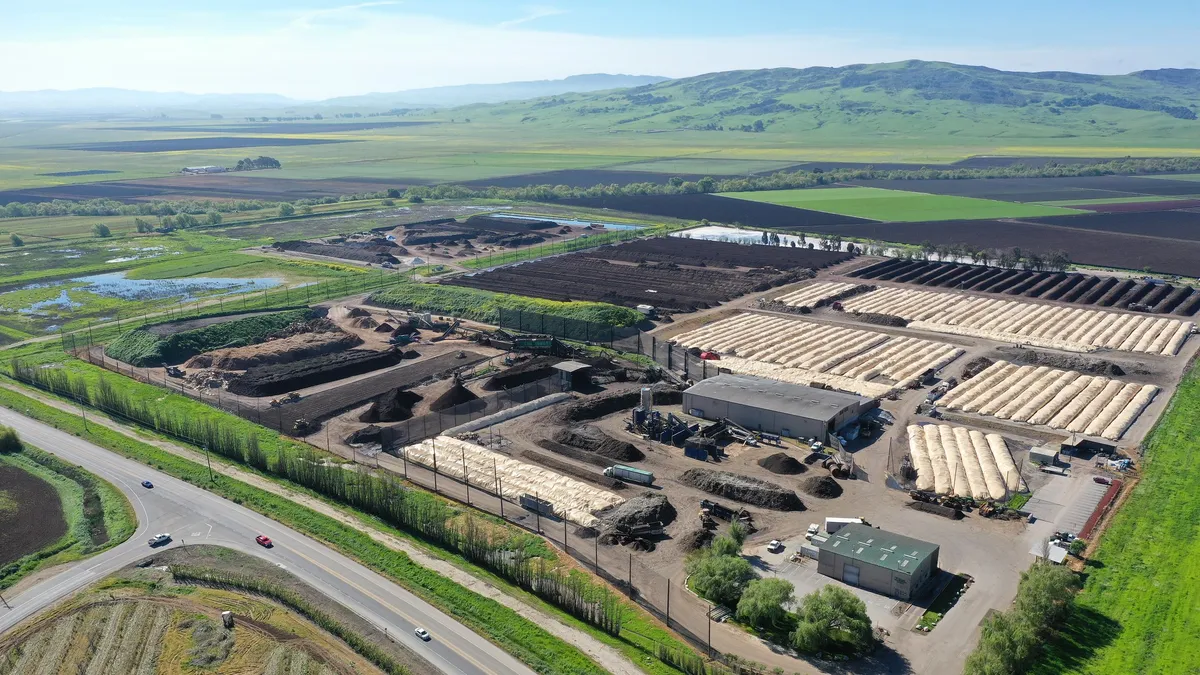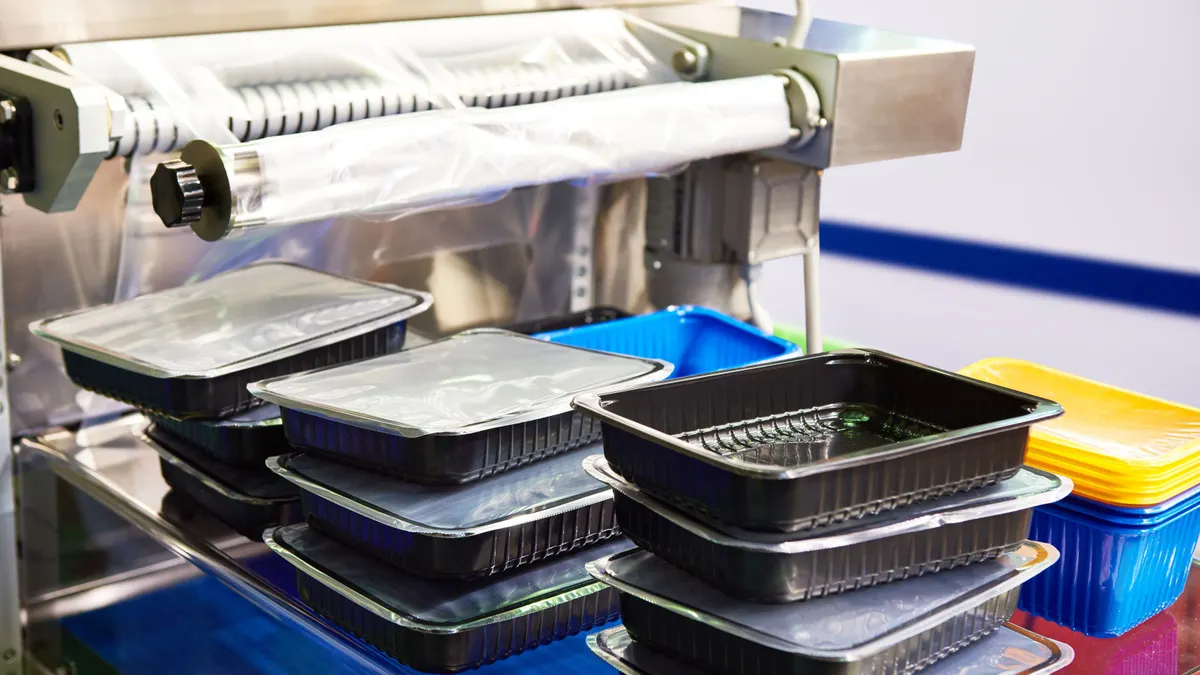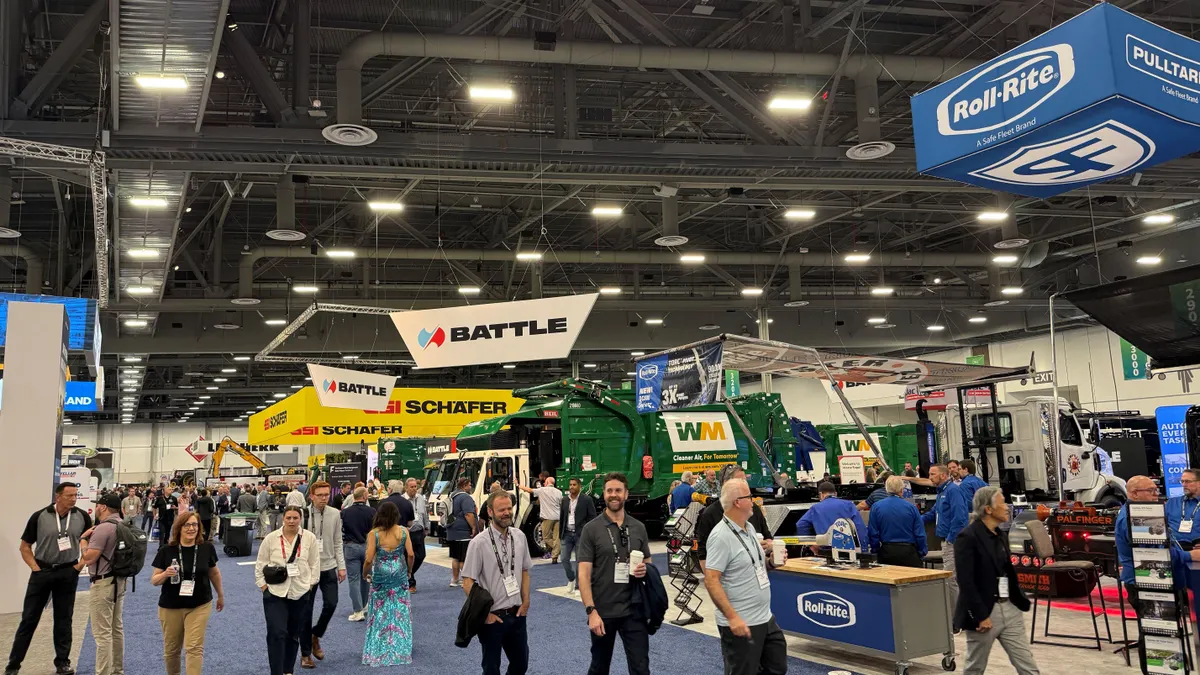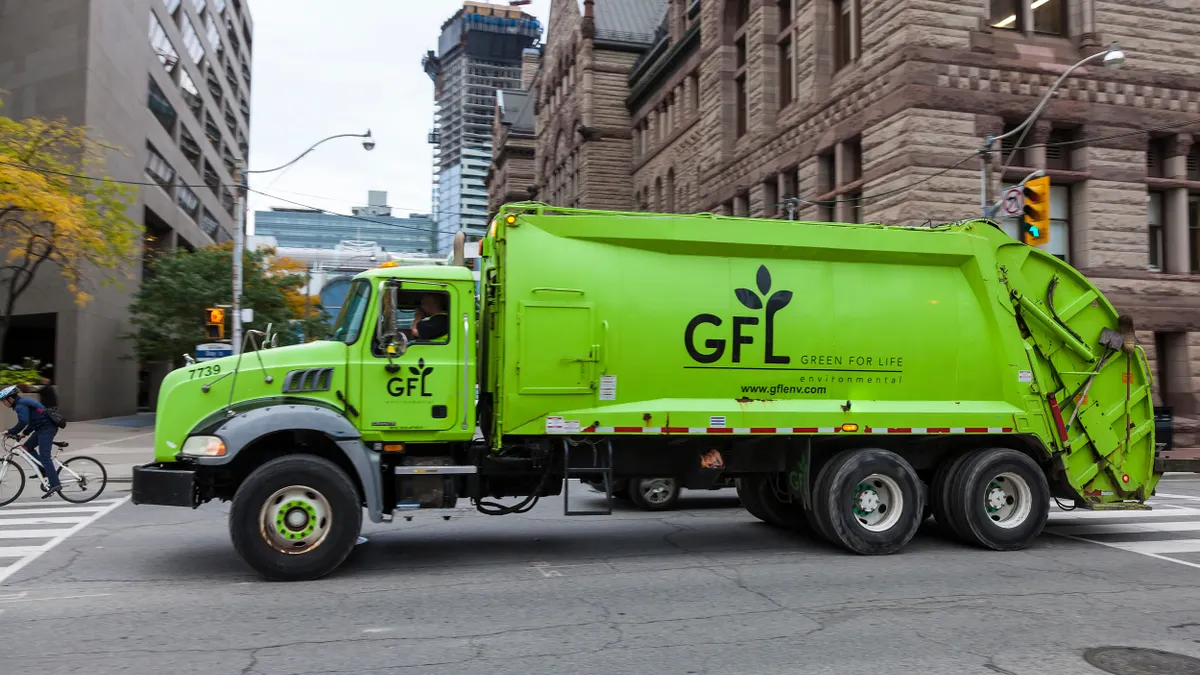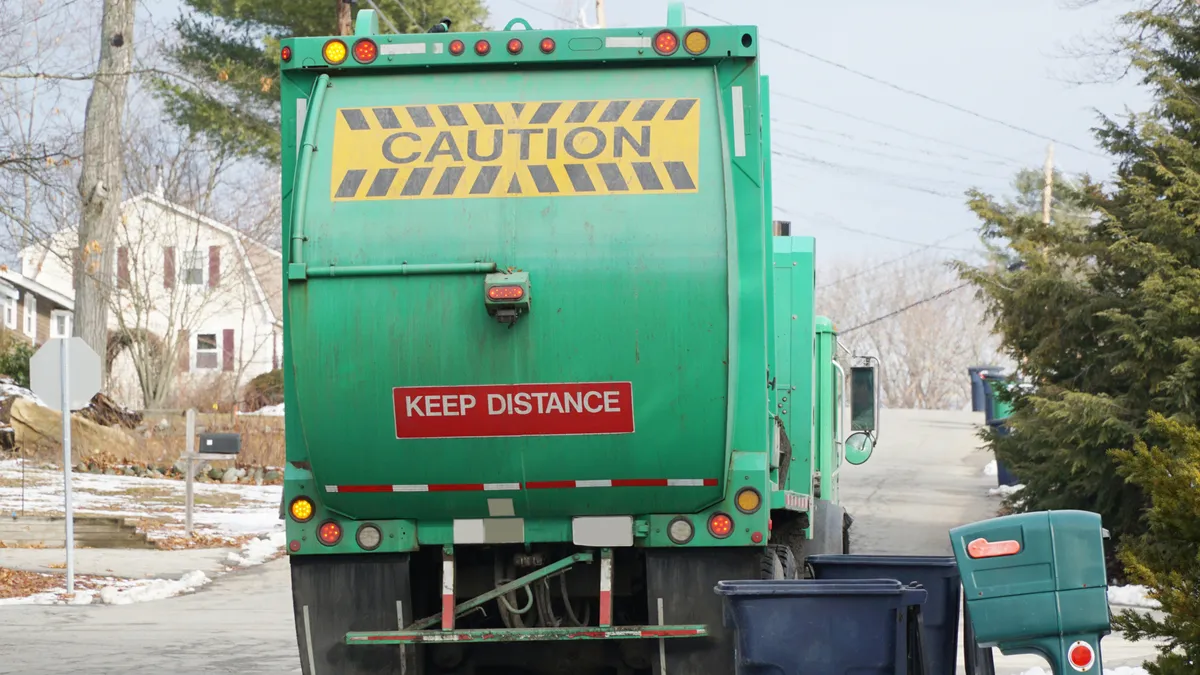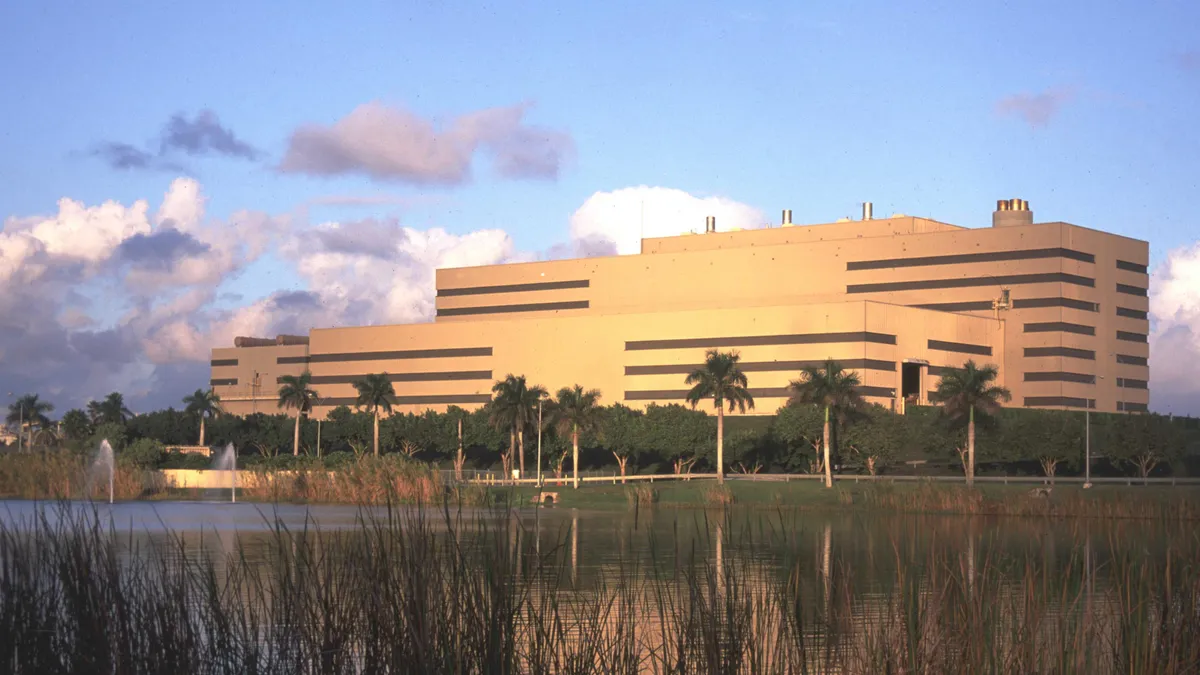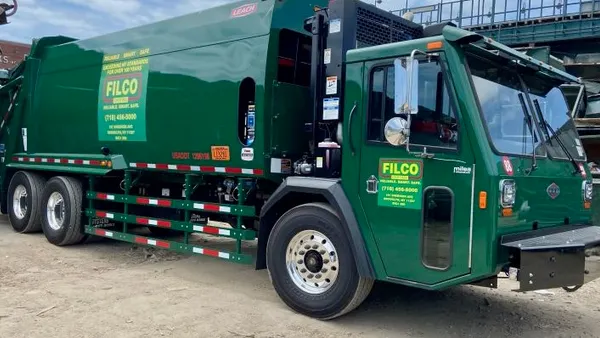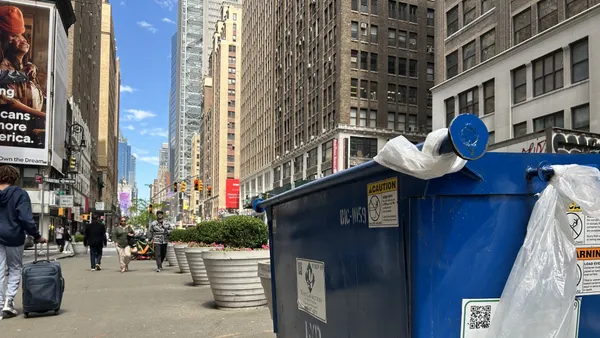GreenWaste’s new CEO Clete Elms has been in the waste sector for the better part of two decades. Much of that time was spent with Australian firms, including as CEO of Wastech Engineering and a series of roles at Cleanaway Waste Management.
He’s planning to leverage what he knows about a sustainability-driven market like California at GreenWaste, a company based in San Jose. The company owns a network of collection and post-collection assets, including a composting facility in Gilroy and an anaerobic digestion facility in San Jose, and employs more than 1,000 people.
Elms began at GreenWaste as COO in November 2024. Longtime CEO Tracy Adams, who led the company through its transition into the Macquarie Asset Management portfolio in 2021, stepped back to a position on GreenWaste’s board in March. Elms took over the CEO role on an interim basis at the time, before getting confirmed to the position permanently last week.
Elms will navigate a rapidly changing waste market in California. Municipalities are working to comply with new organics diversion and product procurement requirements set by SB 1383, while SB 54 is poised to create an extended producer responsibility program for packaging. GreenWaste is pitching municipalities on its ability to handle the new requirements set by both laws with what Elms describes as best-in-class assets.
“We remain very committed to sustainability,” Elms told Waste Dive. “We see a very strong regulatory environment supporting that. There's also a strong economic driver for us. We've got alignment on a number of fronts to support our business model.”
This conversation has been edited for length and clarity.
WASTE DIVE: You've been in the C-suite at GreenWaste for about a year now, and I know you spent a few months already as interim CEO there. What kind of leader do you want to be for the company?
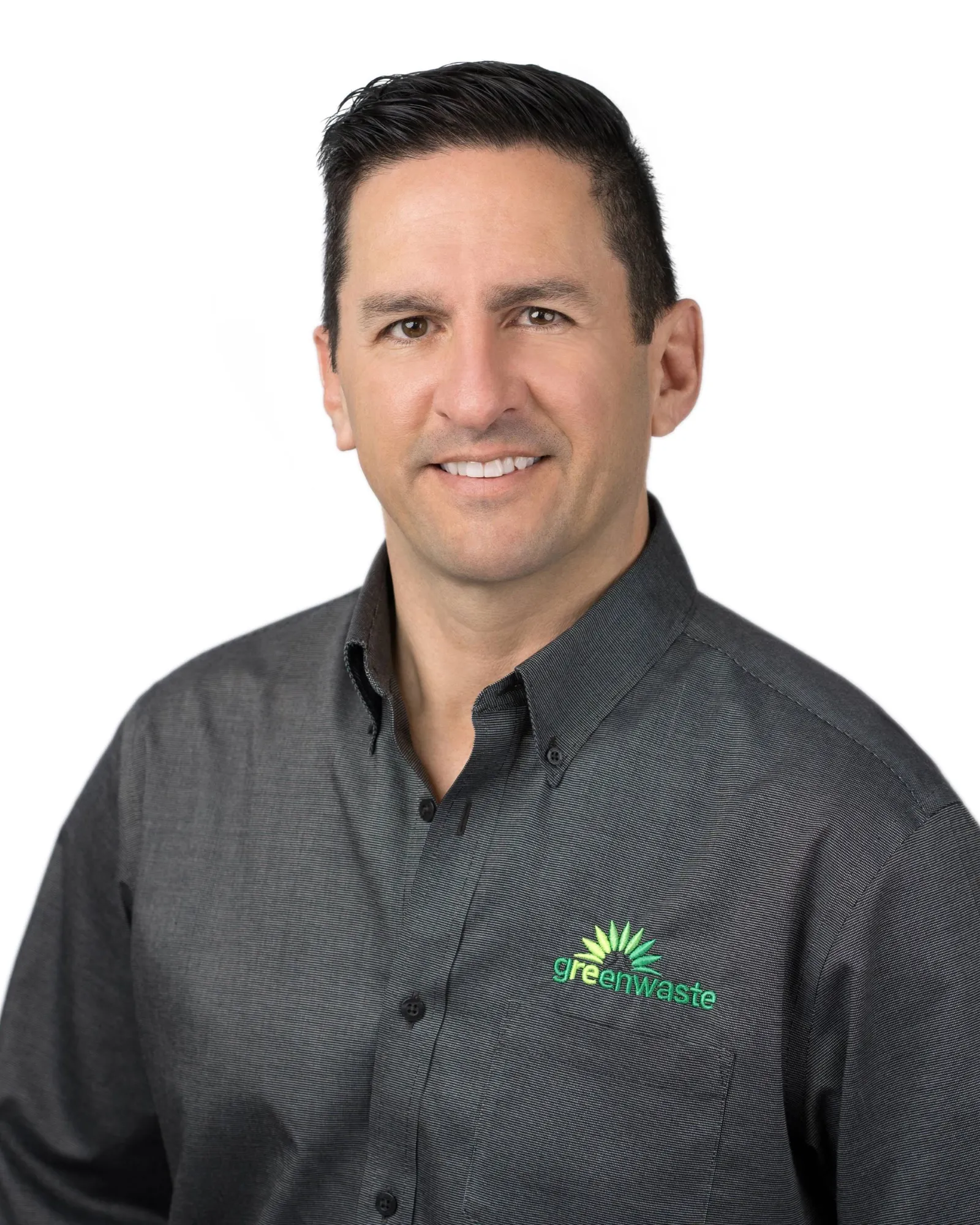
CLETE ELMS: My style and what I bring is really around people, development, and leadership. I find this to be a really engaging, interesting sector. It's got a whole lot of stakeholders, which means that it's always interesting and there's always something happening and always something to be developed.
The Australian market and in particular the Californian market are reasonably similar, with a very high sustainability focus, a very high diversion from landfill and resource recovery focus. Sustainability, that's one of the things that attracted me to this market in particular. GreenWaste has been at the forefront of that for around 40 years. All of those things sort of tick boxes for me.
The sector in Australia is obviously much smaller from a population perspective, but there are a lot of similarities in terms of hauling, transfer and processing of waste. I'm looking to bring some of those learnings from Australia, but also bring some of the other technology that I've seen around the world into this market.
Is there any technology in particular that you've seen and you think the market is ready for, but hasn't seen yet?
Well, it's interesting. We're in Silicon Valley here, which is this innovation hub. There's been lots of talk about AI and the impact that AI may have on our industry. From a post-collection perspective, there's lots and lots of innovation around sorting and recovery that will be AI-supported. Equally so from a collections perspective, there’s a lot of really neat safety initiatives and driver development opportunities that technology can bring to us. We think there's lots of leverage and lots of synergies we can get from bringing some of that tech into our business.
The release announcing your appointment as CEO mentioned your ability to drive revenue and improve margins as COO. Do you think that technology can help you achieve those aims?
My operating philosophy is pretty simple: A safe business is an engaged business is an optimized business. And if you get those three leaders together, then your financials generally follow. So I'm trying to bring that overlay. I bring transparency around performance and accountability. From that, we can then leverage technologies to further support how we do things. But at its core, we're an industrial business, and we're looking to drive performance across all of those elements, and the technology piece is an enabler that will help us meet our goals.
What can you tell me about how being a member of Macquarie's portfolio has shaped the business?
Macquarie has got a very deep history in the North American waste sector. They bring to us a whole lot of tools in the toolkit to support us across each of those functional areas that I talked about — whether it be safety focus, customer focus, people focus, operational focus and financial numeracy and performance. So it's essentially the leverage and the support they bring to us that enables us to optimize each one of those functions. They obviously bring capital. We're looking to grow, and that capital is very important from a growth perspective. So it's a very supportive relationship.
Compared to some of the other Macquarie waste companies, GreenWaste has been relatively quiet on the M&A front. Why is that the case and where do you see the greatest opportunity for growth, either internally or externally?
So our growth strategy, we're looking to partner with further municipalities around RFP wins. There's a work stream there around further supporting new customers in the Californian market. We do have an M&A strategy that's been refreshed. The Stockton transfer station was the first of our more recent acquisitions this year. And that's an example of how we're looking to springboard into the Central Valley, optimize that asset through our operating model and then support further municipalities.
We are focused on three things in terms of growth. It is the RFP wins, M&A for new business and then optimizing our existing assets. We've got a very privileged asset base in terms of capacity, permitting, location of our existing facilities. So we've got an operating efficiency program where we're looking to actually fully leverage those assets as much as we can.
We've introduced some additional team members, and that's given us an opportunity to take a bit of a reset and a refresh. I wouldn't say it's necessarily a wholesale change, but it's really a tweaking and just ensuring that we're all aligned in terms of what those growth priorities and strategies are. With the addition of a couple of VP-level team members, that's the process we've undergone over the last six or seven months.
Are you focused on acquiring more transfer stations? Or are you also looking into buying new processing facilities that already exist in the market, like a MRF or compost or anaerobic digestion site?
We're essentially looking to acquire assets that that may not be reaching their full potential, and where we feel that we can bring our operating model to that asset, to optimize what might be an underutilized permit, or a facility that requires some additional capital to put in some technology if it's a post-collections facility.
We're looking at transfer stations in particular, or small MRFs and where we can fit them into our network. And again, looking at a network optimization strategy of moving material around that gets optimal value in terms of resource recovery, but also ensures that we have a low carbon footprint.
I know that your company operates both composting and anaerobic digestion facilities. As you grow, how do you handle balancing those different organic waste recovery solutions?
We remain very committed to that element of the market. If you look at the composting facility, we are working through an expansion permit that has been going for around five years. So the challenge for us is — we support high regulations for this industry. We support high permitting requirements because we think that drives innovation, that drives a whole lot of beneficial outcomes. But where we are challenged is the efficiency of actually getting some of those permits, particularly if you've got an existing facility that's got a very good track record, a history of performance.
That Z-Best site, where we're going through an expansion, to take five years to get an expansion means that we can't actually recognize some of these environmental benefits that we're looking to deliver and respond to regulatory signals. So we've got a bit of a challenge in this market where higher regulation is not the problem. It's the efficient application of those regulations. We certainly think that the Z-Best expansion will give us surplus capacity around organics composting that will set us up, probably for the next 10 to 15 years.
The anaerobic digestion facility, we will assess opportunities as they come forward for further investment in that technology. It is expensive, and it does have a particularly high operating cost. So there are pros and cons of both.
What can the company do now to best position itself to profit off of the new organics diversion and procurement requirements that are finally coming online?
There's a few elements we're looking to leverage. SB 54 certainly has an enormous potential for us to be able to support jurisdictions to meet those goals. So we're looking at a package of options around SB 1383 and SB 54 in terms of enhancements to our hauling business, and also enhancements to particularly our post-collection assets, our MRFs and our C&D business. So we see tremendous potential for us to be able to partner with and support further development of both those initiatives.
What else can you tell me on the plastics and the recycling side?
In terms of plastics development, we are seeing signs of development in that market. We're really focused on providing high-quality inputs to further beneficiation and reuse. Where we have a mixed waste stream coming into our facilities, we've got a laser-like focus on, how do we actually get a high-quality, single-product commodity at the back of our facility? That's really where most of our focus is so that we're providing the beneficial flaking or washing for plastic in particular, the best quality input. We're seeing positive signs in that sector, and most of it is in a further developing interest in onshore, rather than offshore.
We just got through earnings season, and some of the largest companies have reported softness in the C&D sector due to tariffs and this uncertain economic environment that we're in. Are you also experiencing a slump in C&D waste?
For us, the Zanker facilities are [Recycling Certification Institute] certified, and some of the highest, if not the highest, for a recovery rate in this market. We're seeing a lot of interest around the [Construction & Demolition Diversion] program in San Jose, which is driving contractors and demolition companies to meet these resource recovery targets. That has really been a very strong tailwind for us in terms of volume into our facilities, because otherwise, some of these contractors just can't meet their CDD targets.
C&D volumes for us are actually up year on year. We're seeing probably not the exposure to activity per se, but more around a processing solution that we can offer, which is essentially market leading, which has resulted in further volume for us at our facilities. A lot of the smaller transfer stations that were receiving C&D material, they now can't meet this CDD target, so they're looking to bring that material to us because we can.



